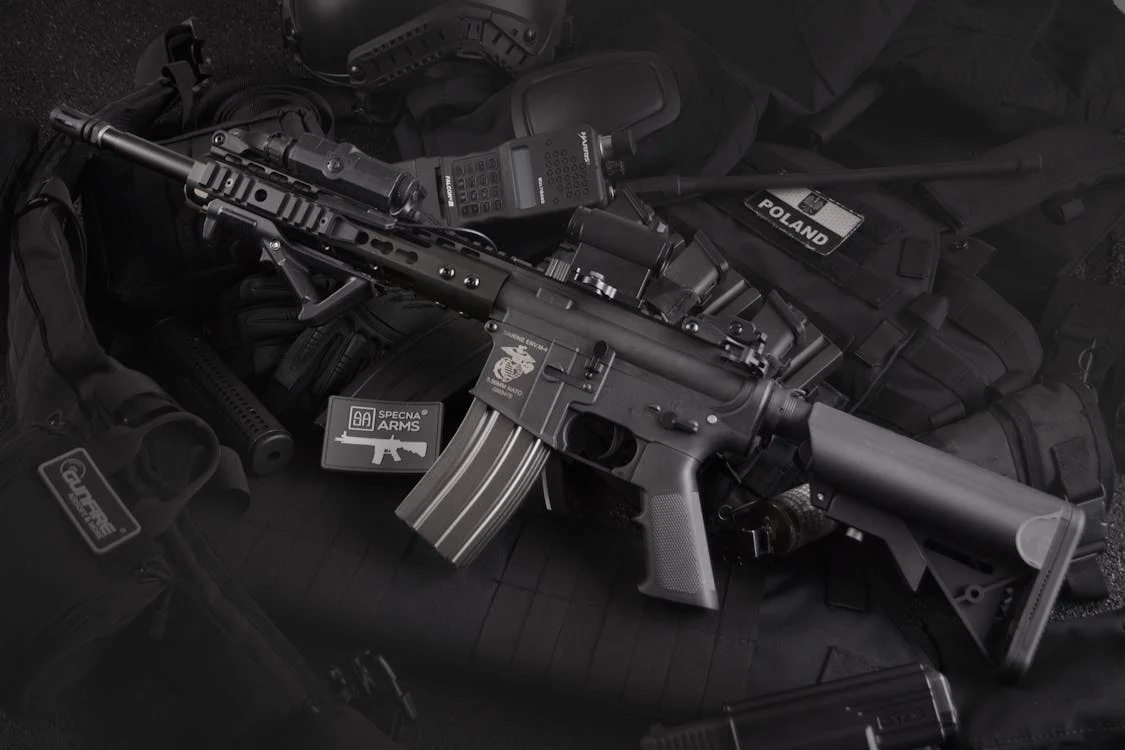Introduction to Airgun Technology
Airguns have come a long way since their inception centuries ago. From the basic designs to the sophisticated models available today, the evolution of airgun technology has been remarkable. Whether for sport, hunting, or competitive shooting, airguns offer versatility and accuracy that will appeal to enthusiasts and professionals alike. This article examines the advancements in airgun technology, its applications, and its growing importance in various fields.
The evolution of airguns
Early beginnings
The history of airguns dates back to the 16th centur, when they were first used for hunting and military purposes. These early airguns were simple pneumatic weapons powered by compressed air or gas stored in a tank. Despite their primitive design, they were innovative for their time, offering a quieter and more discreet alternative to firearms.
Industrial revolution and mechanization
The Industrial Revolution brought significant improvements in airgun technology. Innovations in metallurgy and machining made more reliable and powerful airguns possible. Airguns such as the Girandoni airgun became popular in the 18th and 19th centuries. This Austrian invention was a repeater capable of firing multiple rounds and demonstrated the potential of air-powered weapons in military applications.
Modern times
The 20th century marked a turning point for airguns by introducing spring piston mechanisms, CO2 cartridges, and pre-charged pneumatic (PCP) systems. These improvements not only increased performanc, but also diversified the types of airguns available. Modern times have seen the rise of precision engineering, leading to airguns capable of exceptional accuracy and power.
Key innovations in airgun technology
Spring-piston mechanisms
The spring-piston system remains one of the most popular airgun designs. This mechanism uses a coiled spring and piston to compress air and propel the pellet. Known for their reliability and simplicity, spring piston air rifles are widely used for target shooting and small game hunting.
Pre-charged tire (PCP)
PCP air rifles represent a significant technological leap. These air rifles use a pre-filled high-pressure air reservoir for consistent and powerful shots. PCP systems offer several benefits, including:
- Consistency: Minimal recoil and consistent bullet performance.
- Versatility: Compatibility with different calibers and bullet types.
- Power: Capable of reaching higher speeds compared to other mechs.
Gas systems
CO2 and gas airguns use pressurized gas cartridges to propel the pellet. These systems are particularly popular for their ease of use and semi-automatic capabilities, making them ideal for recreational shooting and training.
Electronic starters and smart functions
Integrating the electronic trigger and smart features has caused another revolution in airgun technology. These improvements allow for precise trigger control, customizable settings, and even connectivity with mobile devices for monitoring and data analysis. These features are especially beneficial for competitive shooters looking for a performance advantage.
Application of airgun technology
Competitive shooting
Air rifles are a staple of competitive shooting events, including Olympic events such as the 10-meter air rifle and air pistol. Their accuracy and reliability make them ideal for these high-stakes competitions.
Hunting and pest control
For hunting enthusiasts, air rifles provide a quiet and effective means of killing small to medium-sized game. In addition, they are widely used for pest control and offer a humane and ecological solution.
Recreational use
Airguns are popular among hobbyists for recreational shooting and plinking. Their affordability and ease of use make them accessible to a wide audience, from beginners to experienced shooters.
Military and police training
Air rifles serve as valuable training tools for soldiers and police officers. They allow trainees to practice marksmanship and tactical skills in a controlled and cost-effective manner.
Industrial and scientific applications
In addition to traditional use, airguns have found applications in industry and science. For example, high-performance airguns are used in materials testing, ballistics research, and even as non-lethal tools in certain industrial processes.
Ecological advantage
Airguns offer several environmental advantages over traditional firearms. They produce no combustion-related emissions, making them a cleaner alternative. In addition, their quieter operation minimizes the noise load, which is especially advantageous in urban environments and sensitive ecosystems.
Security aspects
While airguns are generally safer than firearms, responsible use is paramount. Users should always follow safety guidelines, including:
- Use protective equipment such as eye and hearing protection.
- Ensuring the use of an airgun in a safe and designated area.
- Proper maintenance to prevent breakdowns.
- Safe storage of airguns against unauthorized access.
Future trends in airgun technology
Advanced materials
Advanced materials such as carbon fiber and aerospace alloys are becoming more common in airgun construction. These materials increase durability, reduce weight, and improve overall performance.
Improved ballistics
Future airgunswill likelyo have improved ballistics, including higher muzzle velocity and better aerodynamic projectile design. This will further increase accuracy and efficiency.
Artificial intelligence integration
Integrating artificial intelligence and machine learning into airguns could revolutionize shooting sports and training. AI systems can provide real-time feedback, assist in target acquisition, and optimize shooting performance.
Sustainability initiatives
Manufacturers are exploring sustainable practices such as biodegradable pellets and energy-efficient manufacturing processes as environmental concerns grow. These initiatives aim to minimize the ecological footprint of the production and use of airguns.
Conclusion
Airgun technology has transformed from a specialized innovation to a versatile and sophisticated field. Its applications include recreational shooting, competitive sports, hunting and more, offering accuracy and reliability to users around the world. As progress continues, airguns are poised to play an even more significant role in various industries and activities. With a commitment to innovation and sustainability, the future of airgun technology is undoubtedly bright.





